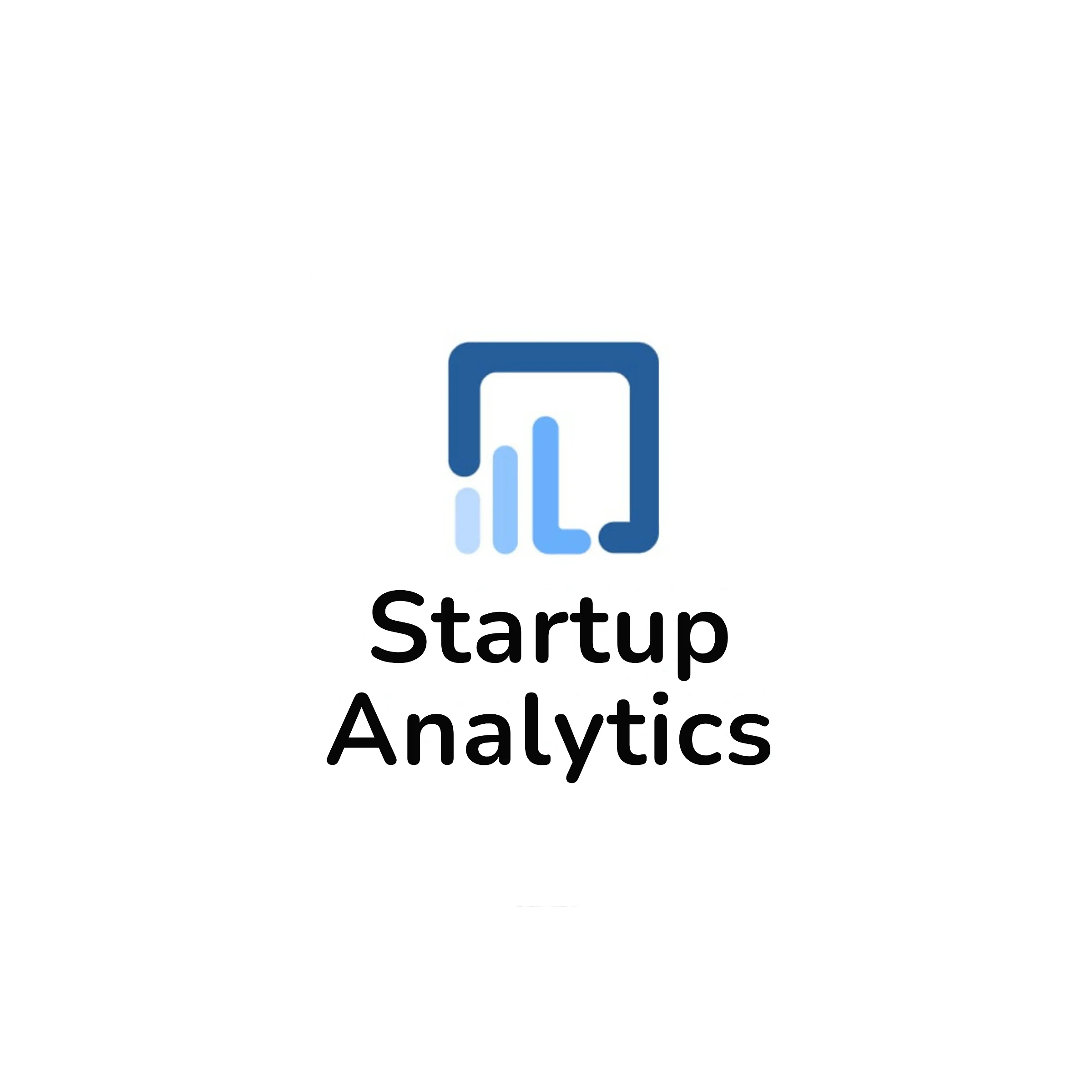Have you ever noticed the banners at small-time restaurants that say, “Take a token first, and then you will get the food”? That’s the purest form of upfront payment. You might have also seen the small banners at such shops in Hindi that read, “आज नगद, कल उधार!”This is a smart way of ensuring payments without any hiccups. Now, imagine applying this concept to the digital business world. You own a product, and you want to sell it.
A ton of businesses fail to plan the pricing of their offerings effectively. The ‘Zero to One‘ journey of any startup largely depends on pricing strategies like upfront payment and other innovative pricing models like flexible loans or convenient leases. These options can serve as the master key to open the locks of efficient customer acquisition and sustained growth.
Startup Case Study!
Let’s take an example of a startup that makes machines for warehouse automation, using advanced AI technology. This type of business requires a lot of investment and produces heavy, durable machines. Naturally, these machines come with a high price tag for customers.
Now, what are the ways for the startup to acquire customers. As mentioned earlier, they can help with certain financing options or ask them to take the machine (product) on rent. It is up to the clients now. They can choose the most suitable option depending upon their financial capabilities as well as the need.
Easier Option
Moving forward with our startup, the most standard payment option that a consumer can use is purchasing the equipment upfront. This option is the most straightforward and fundamental. It asks the consumer to pay the total price of the equipment all at once, during the purchase. You might have heard of flashy offers like “Take home a scooter for just Rs 500 down payment.” In the case of upfront payment, however, the down payment equals the total price of the equipment—no instalments, no financing, just one full payment.
Imagine the clarity and simplicity of this option. No monthly bills, no interest rates, just a single transaction that secures the equipment entirely. This can be especially appealing to businesses with healthy cash flows, looking to avoid the complexities of financing.
Numbers behind Upfront Purchase
Now, let us work out the numbers for the case of upfront purchase of the product by the customer. Now, let’s discuss the numbers in the case of an upfront purchase. We will analyse the upfront payment scenario for the customer and understand if there’s any benefit of making such a huge investment at once, or if the actual cost is less than what meets the eye.
Let’s take our automation machinery company as an example. We need to recover Rs 1 Lakh for each piece of equipment, which is our anchor number to cover initial costs and desired margins. Assuming each piece of equipment has a usable life of 10 years, the invoice value, including GST (18%), for outright purchase would be Rs 1.18 Lakh.
Now, the immediate cash outflow of Rs 1.18 Lakh may seem significant. However, it is essential to consider the longer-term advantages. The equipment depreciates over its usable life, and depreciation is a tax-deductible expense. This means that over time, the customer can recover some of the upfront investment through tax benefits.
Depreciation Benefits
With the equipment’s depreciation factored in, the effective cost of the upfront purchase decreases. For instance, assuming straight-line depreciation over 10 years, the tax deductions from depreciation help to reduce the overall cost, making it less financially burdensome in the long run.
The initial Rs 1.18 Lakh expenditure becomes more manageable as it’s offset by these deductions. Taking the present value of the tax benefits over time, the actual cost of the equipment drops to approximately Rs 96,287.
Understanding these minor aspects can help customers make better financial decisions when purchasing equipment. At the same time, it is also the job of the company selling these products to make awareness to the consumers so that the deal looks lucrative and eventually beneficial for both the parties.
The crux of this discussion is that upfront payment often results in significant rewards. While it might not always be a feasible option for smaller players, those with deeper pockets should carefully evaluate the benefits and make an informed decision. By understanding the financial advantages, such as reduced long-term costs and tax benefits, businesses can leverage upfront payments to ensure clarity, simplicity, and financial efficiency.
The Straight line depreciation we discussed above is a form of depreciation in which the equipment depreciates equally over its useful life. This means we assume that the value of the equipment is equal across its lifetime.
Wrapping Up
Upfront payment isn’t for everyone, but if you’ve got the cash, it’s the way to go. Big pockets, bigger benefits—clear, simple, and no strings attached. Think smart, pay upfront, and let the rewards roll in.
However, it’s crucial to align your decision with your business’s financial health and strategic goals.
In our next blog, we will discuss leasing and loan options in our next blogs. Then we can delve deeper into the comparison of the various strategic pricing blogs that we would have developed. It will be really insightful for the readers to tailor your financial strategy, both as a consumer and as a business owner.
